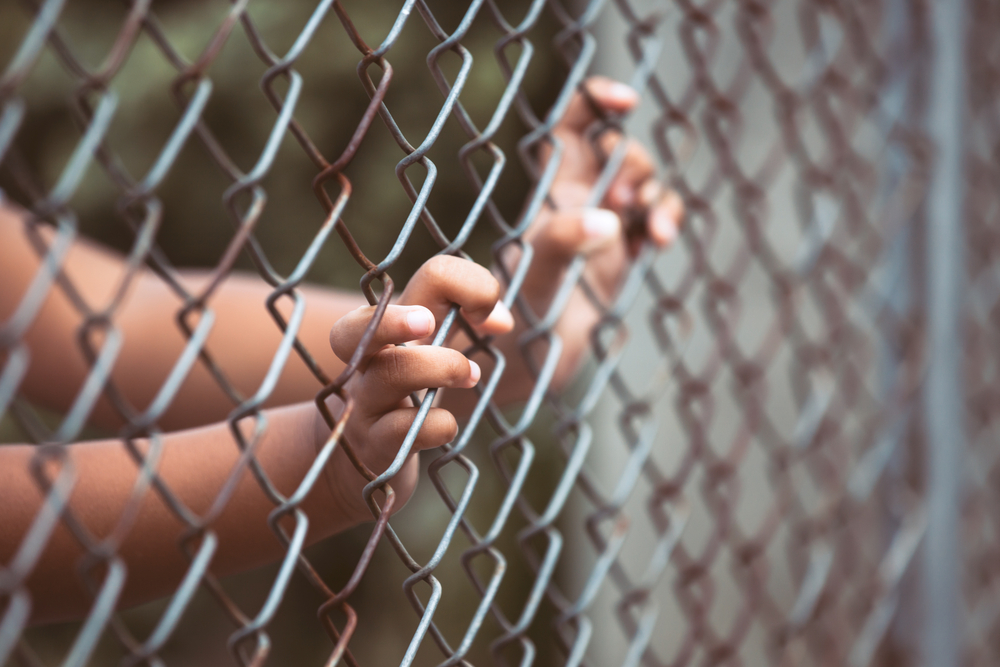
Recognizing that human trafficking is a crime often hidden from the public eye, the Department of Homeland Security’s (DHS’s) Science and Technology Directorate (S&T) announced two new social science, data-driven projects to tackle the crime this week.
“Applying social science-based research to the Department’s overall counter-human trafficking strategy will at once ensure our efforts are effective, both immediately and in the long-term, and also are collaborative and efficient,” S&T Program Manager Jennifer Foley said. “As we identify and understand current and future efforts within the Department and outside it, we can work in unison to maximize the utility of the resources we have at hand, avoiding the duplication of efforts and leveraging current capabilities to make greater headway in combating human trafficking at home and abroad.”
Those projects include the Counter-human Trafficking and Modern Slavery Foundational Effort and the Human Trafficking System Analysis and Technology Roadmap.
The Counter-human trafficking effort will identify governmental, non-governmental, academic and private organizations involved in combating human trafficking and map the relationships between them. It will also set about classifying the various kinds of trafficking and all the warning signs surrounding them. Through evidence-based research, the department hopes to enable those in positions better to combat crime.
The system analysis and technology roadmap stems from an analysis begun in October 2018. It will recommend short-term and long-term technology updates for software and hardware in general, for law enforcement and legal efforts, as well as for information sensing and collaboration.
“Needs change; technologies change faster. Investigating what methods and technologies are currently being used to combat human trafficking, their efficacy, and then marrying these into a set of ‘best practices’ will show us where we must invest our resources, what we are doing well, and how we could be doing better,” Foley said.
To date, DHS believes an estimated 20.9 million people are victims of sex trafficking, forced labor and domestic servitude throughout the world.




